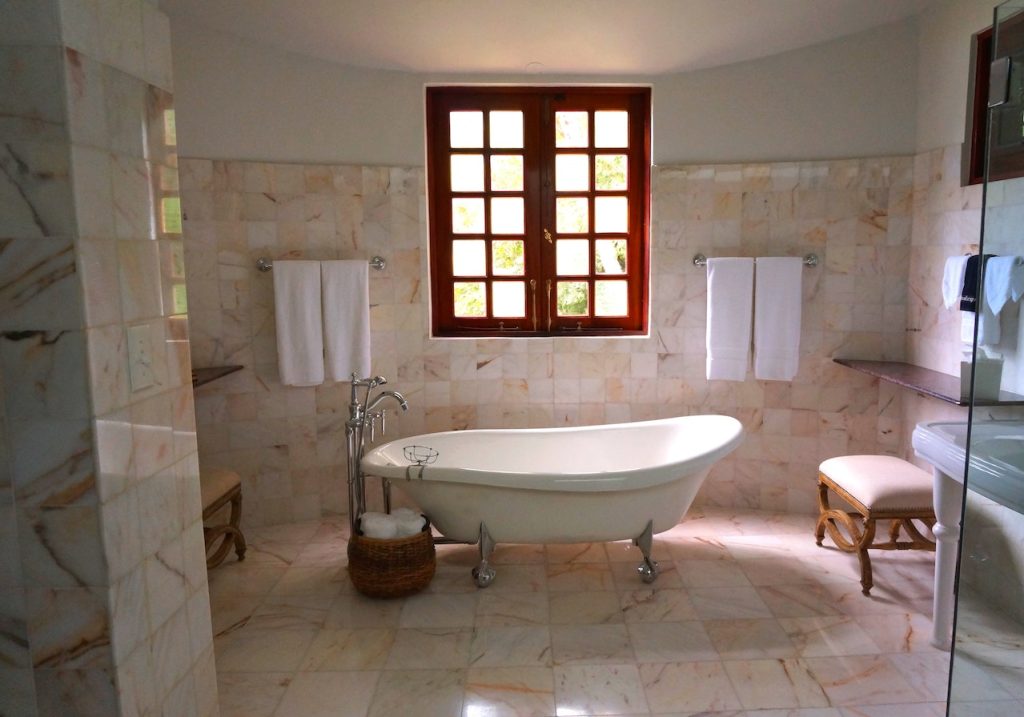In our hectic daily lives, tidying up and cleaning the house seems impossible, and we often say, “Stay for tomorrow,” or “I’ll do the weekend.” When it comes time to take on the tasks, we usually have to spend long and exhausting hours dealing with the accumulated housework. If this sounds familiar and you don’t know how to escape this vicious circle, try these four simple tactics to keep your home clean and tidy.
Get rid of the packaging
Almost all the goods we buy are packed in boxes, envelopes, foil, paper and whatnot. Not to mention that in many cases, the packaging is much larger than the product it contains. Transfer the products to plastic or glass storage containers to save more space and avoid spilling food and accumulating half-empty bags and boxes in kitchen cabinets and refrigerators. This way, the cleaning and tidying of the kitchen will become faster, and finding the desired product will be easier.
Arrange in the evening
Waking up in a cluttered house can be pretty demotivating for anyone. Not to mention that when you can’t find anything you need in a mess, getting ready for work and dressing the kids is a complex and time-consuming task. Unfortunately, you often repeat this scenario if you postpone the order for a specific day. You will improve the situation significantly if you take some time in the evening to put your house in order instead of waiting for your weekend.
If you spend 15-20 minutes undressing after coming home from work, you can enjoy a pleasant and cosy atmosphere throughout the week. You will be surprised how many things you can do in this short time, and you will significantly facilitate cleaning the house and your daily life.

Do not miss the spring and autumn house cleaning
Even if you tidy the house and clean it regularly, some dust and dirt seep into the curtains, upholstery and carpets. Basic cleaning once, or better yet, twice a year, is the best way to prevent fabric wear and tear and maintain the well-being of your home. Spring cleaning is also an excellent occasion to revise your wardrobe and throw away unnecessary clothes and accessories that only take up space and interfere when tidying up.
Clean the bathroom after taking a bath
Although there is no furniture or carpets in the bathroom to collect dust, it is one of the places that pollutes quickly. An easy way to keep this room hygienic is to take 5 minutes to clean after each bath. Leave the most necessary products and cleaning supplies in the bathroom to be at hand. Apply the detergents on the tiles, taps, and other places where mould most often appears or limescale accumulates and leaves for a minute or two.
During this time, spray the mirror with glass cleaner and polish it. Then rinse the detergents you have left to work. You will remove the accumulated dirt much more quickly and without endless rubbing, as the room remains damp after showering. To finish cleaning the bathroom, dry the wet surfaces. That will prevent the appearance of unpleasant stains that remain from moisture and splashes.

How to disinfect at home?
Personal hygiene and social distancing undoubtedly help to control viral epidemics. That is not our only trump card against germs – good hygiene and regular disinfection at home guarantee its inhabitants’ health and support the health of the whole society.
Cleaning and disinfection at home – an effective weapon against viruses
That is why we have tried to gather in one place the best tips and tactics for basic home cleaning and effective disinfection to stop the spread of viruses, germs and other bacteria.
Cleaning and disinfection of the house
Many people need to distinguish between cleaning and disinfection. Cleaning removes germs or dirt from the surface, but this does not kill pathogens. It more often just wipes them but still reduces the spread of infection. Disinfection, on the other hand, is the use of chemicals to kill germs on surfaces. Here’s a look at what the differences are:
Cleaning: Cleaning the carpets with a vacuum cleaner, washing the floors, wiping the counter tops and tables, dusting, etc.
Disinfection: Using disinfectants on surfaces with frequent direct contact, such as door handles, windows, cabinets, light switches, remotes, toilets, desks, chairs, sinks and counter tops, etc.
What can you use for disinfection at home?
Unfortunately, when we talk about destroying pathogens of dangerous viruses, such as Covid 19, environmental products are not as effective as “household chemicals”. The most effective natural way to disinfect is to clean with a steam cleaner, but only some have one. However, you can use the following products:
- Detergents that contain bleach
- Preparations containing ethanol alcohol
- A solution of hot water and lots of soap also works if you don’t have anything else
Other ways to keep germs away from home
Take a look at the tips below – they, along with the use of disinfectants and good personal hygiene, are your best antiviral tactics.
- Leave “dirty” things by the door. Minimise the entry of pathogens into your home. Taking off your shoes and keeping them in the hallway or the garage is not suitable. Although the transmission of the virus through shoes is not common, we can carry other nasty bacteria, germs and dirt in the home. Remember that purses, bags, backpacks, or other items we use outside may have been in contact with a contaminated area or touched with dirty hands. Therefore, it is good that they remain in the hallway – do not place them on kitchen counter tops, dining tables, or near recreation areas – coffee tables, sofas, or beds.
- Disinfection of small objects that we often hold in our hands. Here we remind you that we need more than washing the door handle and hands if we use a mobile phone. It also was outside with us. Clean the device with an alcohol-based detergent. Even pure alcohol works. Keys and locks must also be disinfected daily.
- Change your clothes. If you’ve been outside, no matter what you’ve been doing, be sure to change into clean home clothes. Put the clothes you go out to wash, or at least take them out on the terrace or in the yard in direct sunlight for a few hours. You may not always wash outerwear every day, but ultraviolet rays will deal with germs.
- Leave hand sanitiser near the door. In addition to frequently cleaning the front door handle, it is good not to touch it with dirty hands. Leaving a bottle of disinfectant and using it every time you enter will significantly reduce the germs you miss in your home. However, it is essential to use a product that contains at least 60% alcohol.
- Disinfection of the workplace. Even if you do not go to the office but work from home, we must remember that the keyboard and mouse are one of the most significant breeding grounds for germs, viruses and bacteria. Therefore, clean your workplace often.
- Use antibacterial cycles on the washing machine, dryer and dishwasher. Many newer models have this option, which uses hotter than usual temperatures to reduce bacteria.
